When it comes to exotic, wild-looking cats, the serval and the Savannah cat are often at the top of the list. Both share striking features, but there are key differences in their origins, behaviors, care needs, and legal requirements. Here, we’ll break down everything you need to know about servals and Savannah cats, including a handy comparison table to highlight their distinctions.
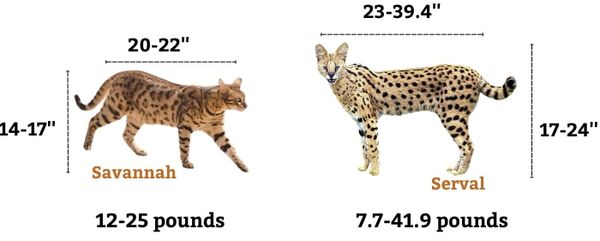
The serval (Leptailurus serval) is a wild African cat known for its tall, slender build, long legs, and large, rounded ears. In the wild, servals are incredible hunters with a 50% success rate, thanks to their keen hearing and impressive leaping abilities. They weigh between 20-40 pounds and stand about 21-24 inches tall. Servals are not domesticated and require a specific habitat to thrive. They are usually kept in regulated facilities, such as wildlife reserves or specialized sanctuaries, rather than as household pets.
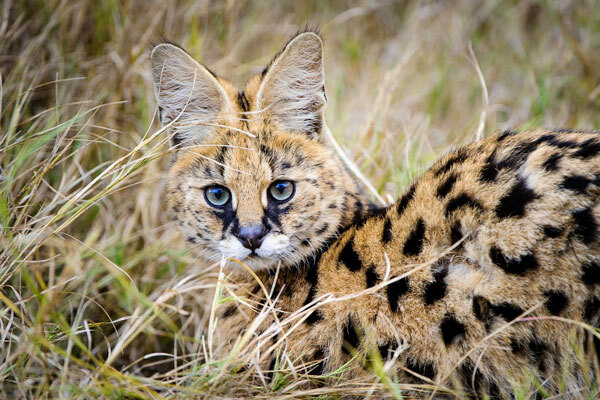
The Savannah cat is a hybrid breed created by crossing a serval with a domestic cat, typically a Siamese or Bengal cat. First bred in the 1980s, Savannah cats inherit some wild features from their serval parent, such as their tall, slim physique and distinctive coat markings. However, they are more manageable in a home environment due to the domesticated genes. Savannah cats are classified by "generations," with F1 (first generation) being closest to the serval in both appearance and behavior, and later generations (F2, F3, etc.) having fewer wild traits. Savannah cats weigh between 8-20 pounds and are generally more sociable and adaptable than servals.
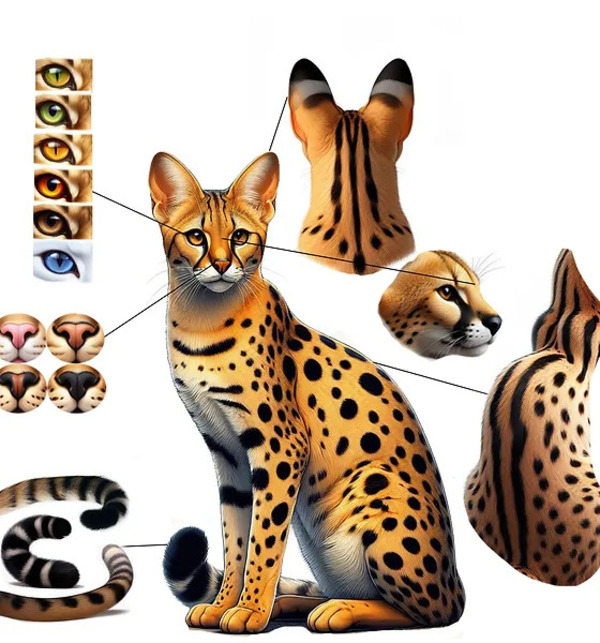
Let’s look at a detailed comparison of servals and Savannah cats to better understand what makes each unique.
| Feature | Serval | Savannah Cat |
|---|---|---|
| Origins | Native to Africa; wild species | Hybrid breed (serval x domestic cat) |
| Size | 20-40 pounds, 21-24 inches tall | 8-20 pounds, varies by generation |
| Behavior | Wild, independent, highly territorial | Social, affectionate, more adaptable |
| Exercise Needs | High; requires space to roam | Moderate; enjoys indoor/outdoor play |
| Diet | Carnivorous; primarily raw meat | High-protein diet; can eat quality cat food |
| Lifespan | 10-20 years in captivity | 12-20 years, varies by health care |
| Legality | Often restricted or illegal as pets | Legal in most places, but some restrictions apply for F1-F3 generations |
| Housing Requirements | Specialized enclosures needed | Home-friendly with outdoor supervision |
| Cost | $3,000-$10,000 for licensing/care | $1,000-$20,000 depending on generation |
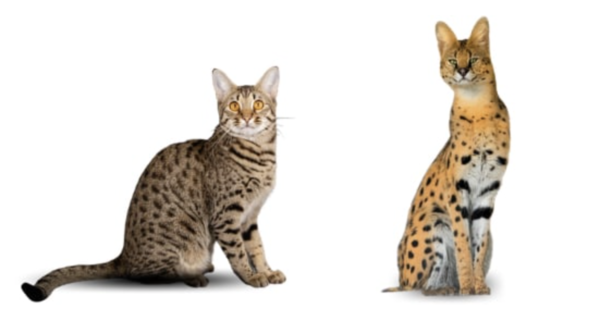
Serval: Servals are solitary and territorial. They are known to be skittish and can be aggressive, especially if not raised in environments that cater to their wild nature. Servals are not typically affectionate with humans and prefer to roam freely. This independence, coupled with their strong hunting instincts, makes them challenging to keep as pets.

Savannah Cat: Savannah cats, especially those of later generations (like F4 and beyond), are more social and affectionate. They tend to form strong bonds with their families and are known for their playful, curious personalities. They are highly intelligent, enjoy interactive play, and can often learn tricks, making them more pet-friendly than servals.
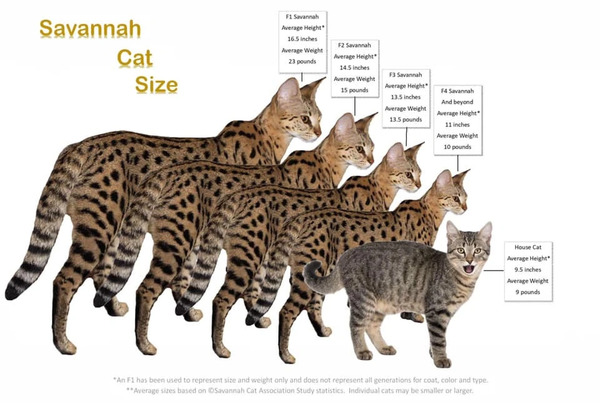
Servals require a specialized environment to meet their wild instincts. They need large enclosures to exercise, climb, and explore. Their diet mainly consists of raw meat, and they need a variety of enrichment activities to stay stimulated.
Savannah cats, by contrast, are more manageable for typical pet owners. While they are active and require plenty of play and exercise, their needs are more similar to high-energy domestic cats. A high-protein diet, a mix of quality cat food, and occasional raw treats are ideal.
The legality of owning a serval or Savannah cat varies widely:
Servals: Many places restrict or ban servals as pets due to their wild status and potential risk. They are typically only permitted in specialized facilities with the proper permits.
Savannah Cats: Generally legal in most regions, but F1-F3 generations may still be restricted due to their higher wild ancestry. Later generations, such as F4 and beyond, are usually allowed in most areas.
Servals: The cost of obtaining and caring for a serval can range between $3,000 and $10,000, considering permits, enclosures, diet, and medical care.
Savannah Cats: Depending on the generation, a Savannah cat can cost between $1,000 and $20,000. F1 Savannahs, with higher wild ancestry, are the most expensive, while later generations are generally more affordable.
When choosing between a serval and a Savannah cat, it's essential to consider the significant differences in behavior, care, and legal requirements. While both have exotic appeal, servals are truly wild animals that need specialized care and space, making them unsuitable as household pets for most people. Savannah cats offer a balance of exotic looks with domestic-friendly traits, particularly in later generations, making them more adaptable to a home environment.
Whether you’re drawn to the serval’s wild allure or the Savannah cat’s unique hybrid appeal, it’s vital to research and ensure you can meet all requirements before bringing one of these fascinating felines into your life.
animal tags: serval Savannah-cat
We created this article in conjunction with AI technology, then made sure it was fact-checked and edited by a Animals Top editor.